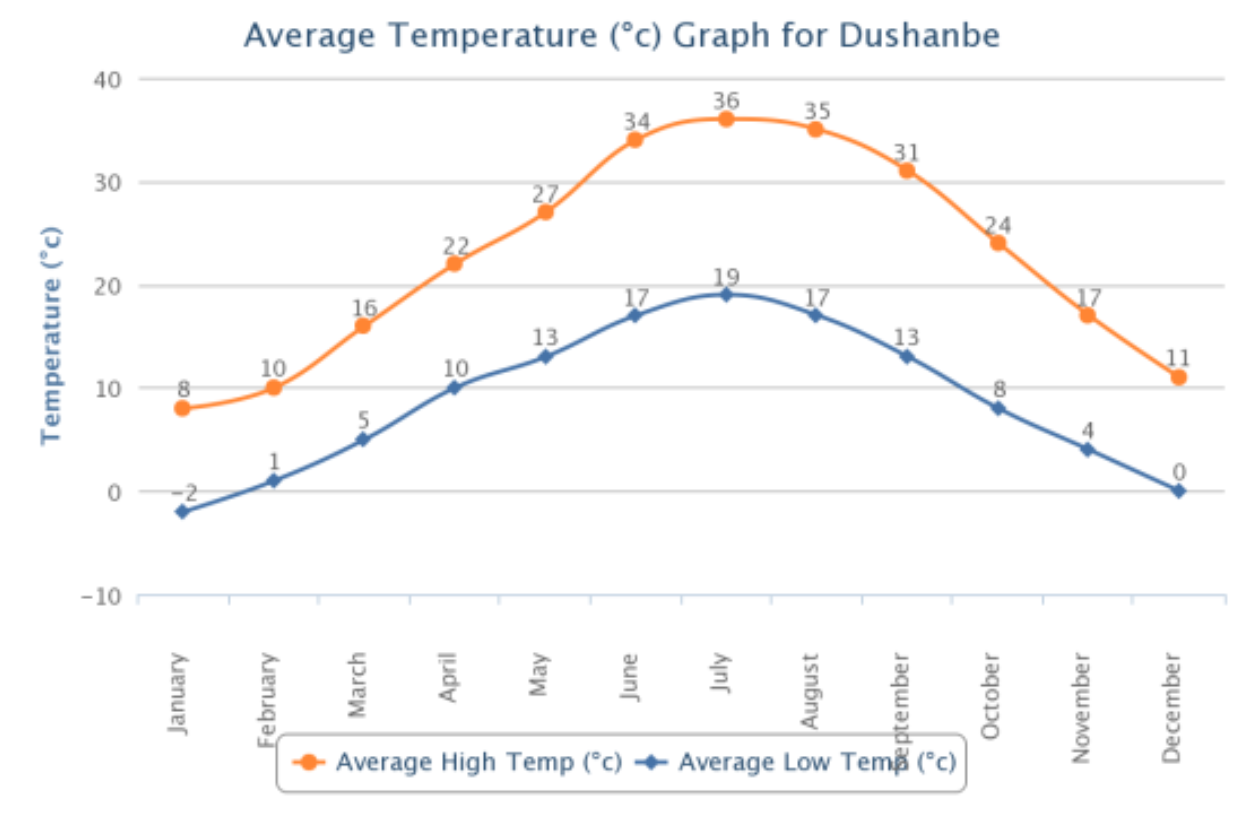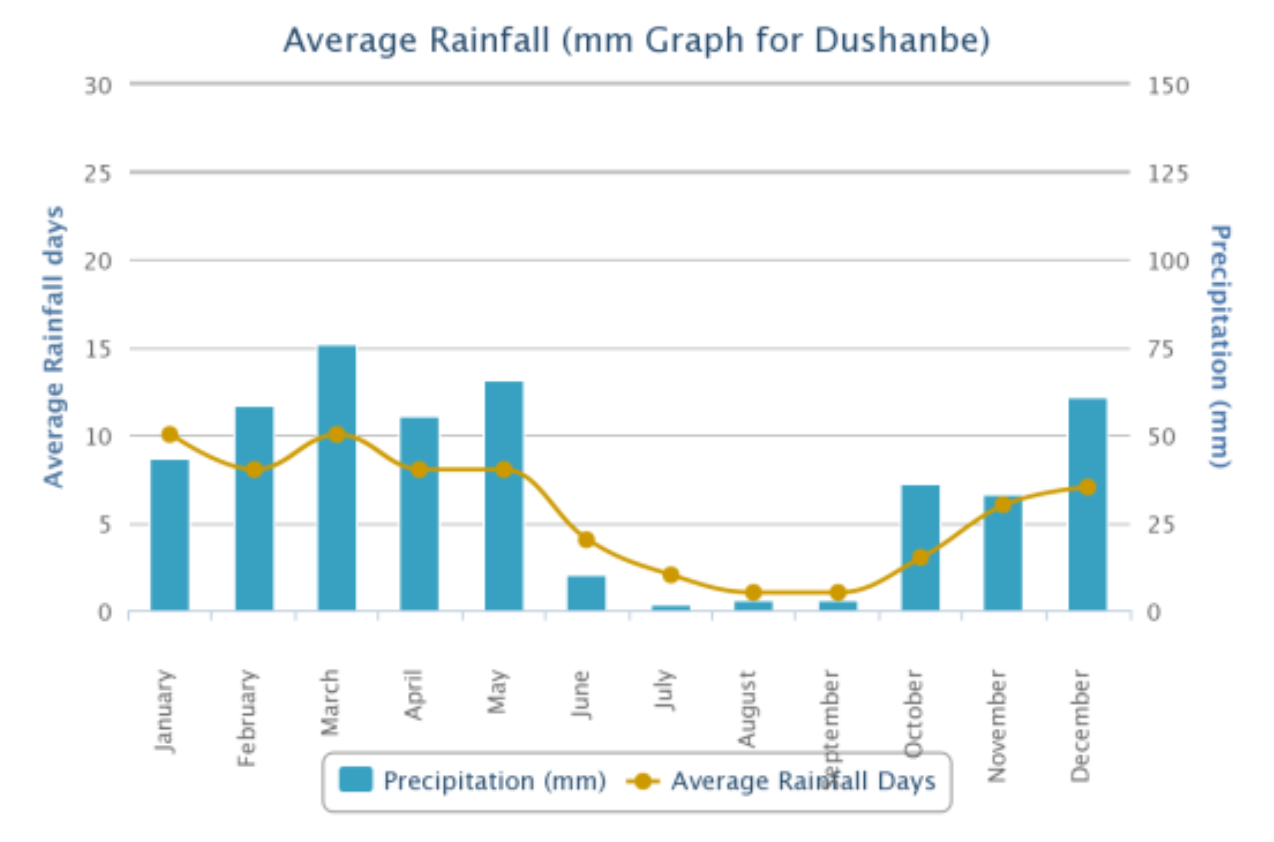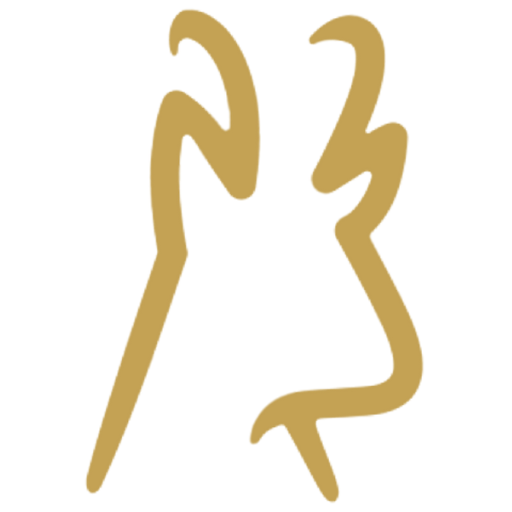Hunting Seasons in Tajikistan
Winter
(Dec - Feb)
Tajikistan’s winter is harsh and unforgiving, especially in the high-altitude Pamir and Alay ranges. Temperatures can drop below -20°C (-4°F), and deep snow covers much of the landscape. Hunting is nearly impossible during this time due to extreme weather, closed mountain passes, and limited access to remote hunting zones. Wildlife is also less active and harder to track. This is a time for recovery and preparation for the next season.
Spring
(Mar - May)
Spring brings gradual snowmelt and renewed life to the mountains. Lower elevations become accessible first, and wildlife starts moving again. Although hunting remains limited due to lingering snow in high altitudes, scouting and early-season ibex hunts can begin in May. It’s a transitional time — not peak season, but ideal for experienced hunters looking to get ahead.
Summer
(Jun - Aug)
This is the beginning of the main hunting window. While lower areas can be hot, high-altitude regions are cool and accessible. The mountains are green, and both Marco Polo sheep and Mid-Asian ibex begin to appear more regularly at huntable elevations. Hunting becomes viable from mid-August onward. August also marks the official opening of the argali and ibex seasons.
Autumn
(Sep - Nov)
Autumn is the prime hunting season in Tajikistan. The weather is stable, snow hasn’t yet blocked the passes, and rut season for both Marco Polo and ibex begins — making animals more predictable and easier to locate. Crisp air, clear skies, and breathtaking mountain scenery define this period. October and early November are particularly ideal for successful and ethical hunting experiences before heavy snowfall begins again.



